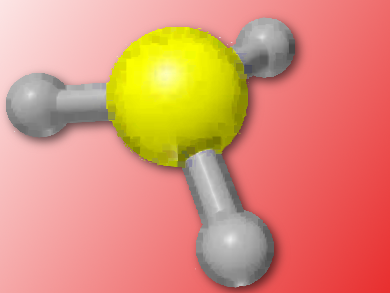Ammonia is one of the most important and widely produced chemicals worldwide. Its synthesis from N2 is important and thus imitating the biological nitrogen fixation has attracted much interest.
Xue-Lu Ma, Jin-Cheng Liu, Hai Xiao, and Jun Li, Tsinghua University, Beijing, China, have investigated the catalytic mechanism of the N2-to-NH3 thermal conversion on the singly dispersed bimetallic catalyst Rh1Co3/CoO(011). Different catalytic mechanisms were explored using first-principles methods of density functional theory (DFT).
The team has demonstrated that the preferred pathway is an associative mechanism analogous to the biological process: Alternating hydrogenations of the N2 occur, with H2 activation on both metal sites to deliver the active H species. The team proposes that the singly dispersed bimetallic M1An catalyst, in which the doped metal atom M substitutes an oxygen atom on the oxide surface of the metal A, serves as a new surface single-cluster catalyst (SCC) design platform for the biomimetic N2-to-NH3 thermal conversion. The researchers attribute the catalytic ability of M1An catalyst to both the charge buffer capacity of the doped low-valent metal M that serves as a charge buffer, and the complementary role of the synergic metal A in the catalysis. They suggest that the ideal doped metal candidate should have large charge buffer capacity and low N2 reduction activation energy.
- Surface Single-Cluster Catalyst for N2-to-NH3 Thermal Conversion,
Xue-Lu Ma, Jin-Cheng Liu, Hai Xiao, Jun Li,
J. Am. Chem. Soc. 2017.
https://doi.org/10.1021/jacs.7b10354




